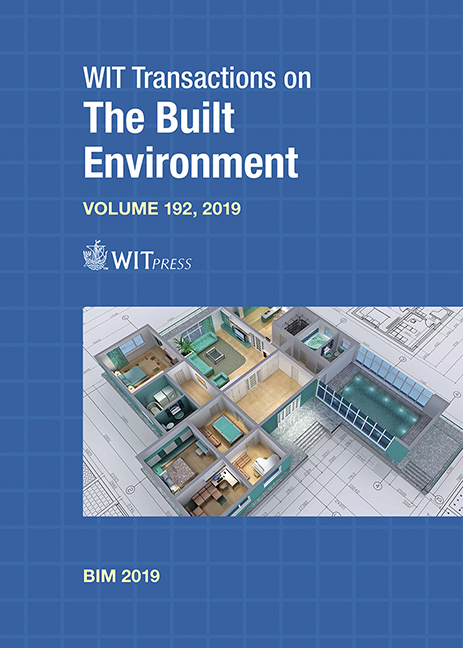BIM METHODOLOGY APPLIED TO ARCHITECTURAL HERITAGE PRESERVATION: CASE STUDY OF THE MEDINA AND DUNGEONS OF TETUÁN, MOROCCO
Author(s)
GIACOMO SORINO, CARLO MANFREDI, ANTONIO JIMÉNEZ DELGADO
Abstract
The aim of the proposed contribution is to investigate how the application of BIM methodology in the field of the architectural heritage can avail both the study of an historical building and its subsequent preservation. Starting from the analysis carried out in the Medina and Dungeons of Tetuán (Morocco), we propose a H-BIM (Historic Building Information Modelling) methodology focused on the pathological parametric study of the buildings (as-damaged model) and therefore obtain a specific information database for each architectural element. The goal of the work is to establish a digital parametric methodology that is both inherent to the pathological and geometric study of a vivienda of the Medina as well as applicable to diverse cases within that realm, starting with a hybrid traditional (CAD) and innovative (photogrammetry) database combined. Furthermore, the hybrid workflow allows to rise above the limitations that the (geographical) distance often presents from case studies and it allows overcoming the common difficulties encountered in a traditional restoration-conservative study in finding information. The choice of this particular case study enables evaluating the updatability of an H-BIM model and therefore the possibility of containing different information dating back to different phases of survey and project that can be parameterized and compared, with the aim of ensuring both the historical traceability of the degradation of the asset and its architectural composition over time. Lastly, an H-BIM catalogue of the different viviendas which were analysed in the preliminary phase is proposed, starting from a typical house in the Medina of Tetuán, so as to initiate a realistic data collection of the Medina of Tetuán with the aim of undertaking a preventive restoration without having to resort to interventions of emergency and structural reinforcement as foreseen in the case of the Ben Marzouk house and the dungeons (mazmorras).
Keywords
cultural heritage, H-BIM, Tetuán, digitalization






